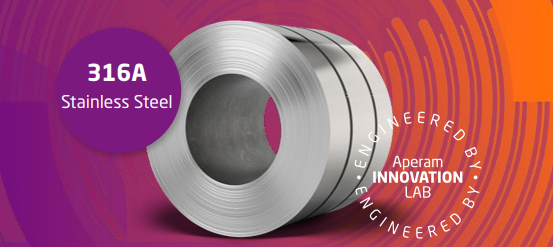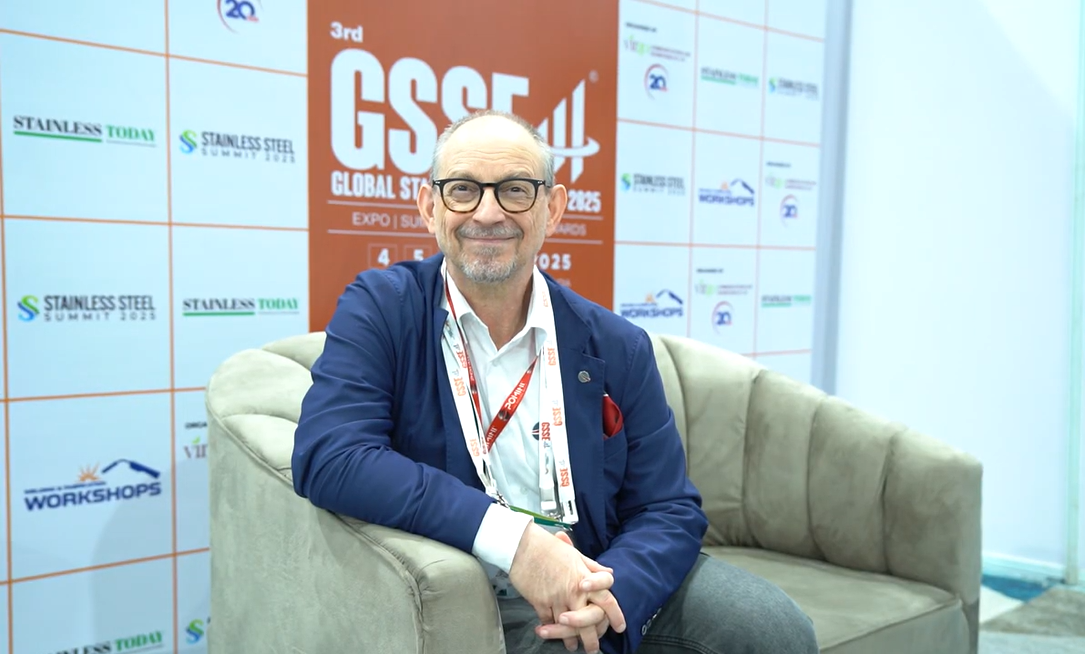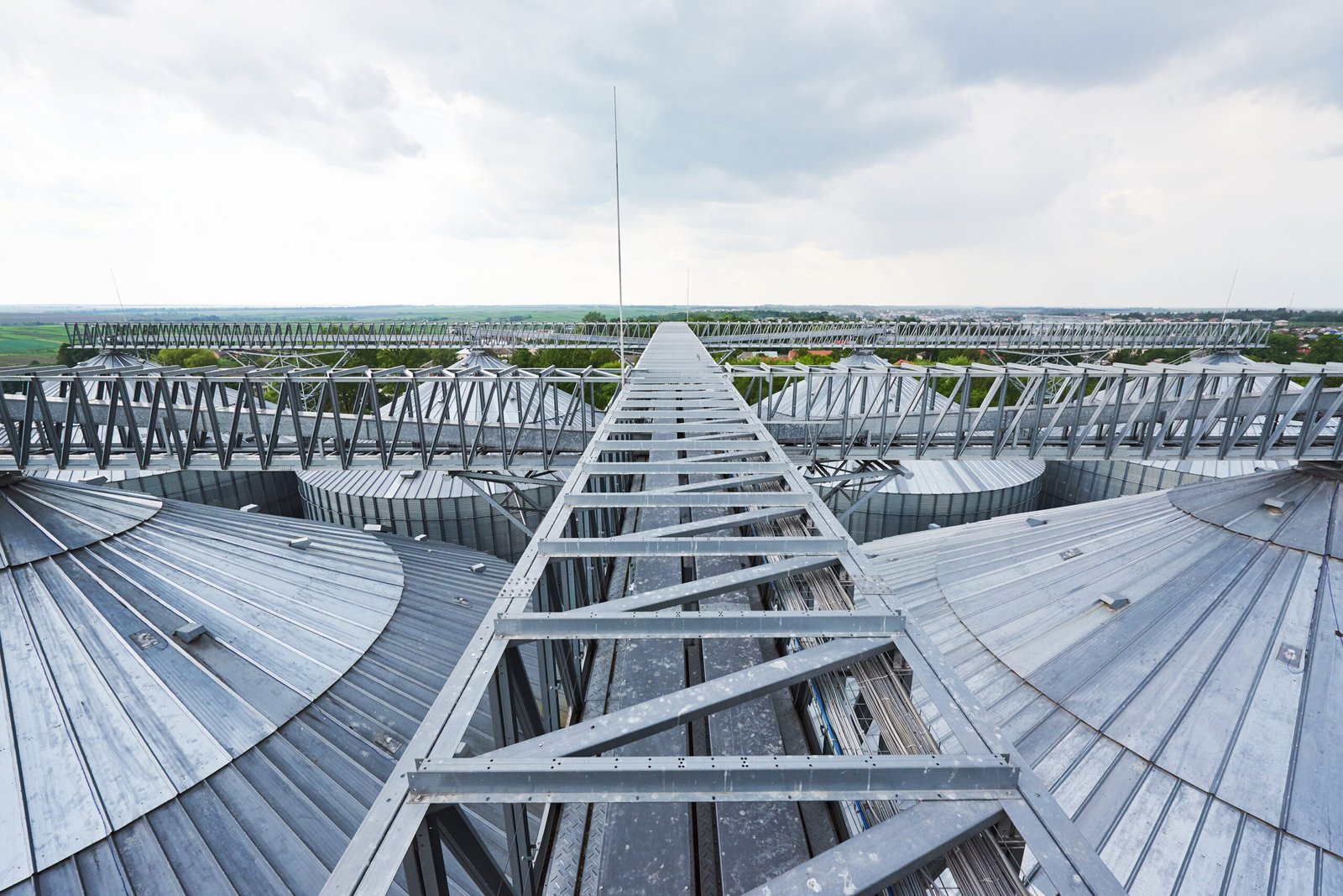Indian Steel Sector – Critical Role of Mining for the growth of Steel

Pukhraj Sethiya, India Managing Director & Jyotirmoy Saha, Senior Consultant, ReVal Consulting Private Limited
India is the second largest producer of Steel globally with crude steel production of 132 MTPA in FY 23-24 and is expected to sustain and maintain its position for the foreseeable future with China being the largest producer of the commodity. The sector has been witnessing growth at a CAGR of approximately 8% over the last three years and is poised to grow at a rate of over 9% CAGR over the next seven years, thereby achieving the goal of producing 300 MTPA of steel by 2030. With India aiming to be in the League of Developed Nations by 2047, the country’s infrastructure and transport sector is expected to play an anchor role in supporting its growth.
At this juncture, it is also important to note that the steel industry is global in nature and highly competitive. The same is evident from the demand & supply dynamics and price trends in the sector which faces significant headwinds even in case of a minor fluctuation in the broader industry dynamics & geopolitical conditions. Indian Steel Industry in particular has been facing significant competitive challenges yet performed commendably and registered a high growth rate in the preceding years. Further with many countries agreeing to the goal of Net Zero and India aiming for the same by 2070, the steel industry is focusing on transforming itself to reduce its carbon footprint which is further anticipated to push costs upwards in the immediate future.
Hence, being competitive and buoyant with the over-arching objective of Net Zero depends heavily on the raw material supply chain of the sector. The primary key inputs for the steel industry are Iron Ore and Coking Coal while critical minerals such as manganese, chromium, nickel, and molybdenum to mention a few are essential inputs for the stainless and specialty steel products.
India has approximately 37 billion tons of Coking Coal reserves as of 2023 with a production run rate of roughly 61 MT in the same year, a reserve-to-production ratio of more than six hundred years. While these humongous reserves looks sufficient enough to support the growth of the steel sector for the foreseeable future, their quality renders them unsuitable and make India dependent on imports. High ash content poses serious conundrums during the washability process thereby forcing steel majors to opt for blending clean coal with imported high quality coking coal or solely rely on the imported coke, either way leading to increased operational expenses. Thus, while overall reserves may look highly promising, the actual quantity of the same that is suitable for the sector is insignificant. Besides this, geological challenges, environmental issues, and socio-economic hurdles also stifle the exploration programs of newer coking coal blocks. Also, the new blocks that have been identified after due diligence have been found saddled with unworthy reserves with poorer quality at higher depth.
Similarly, if we look at the broader picture of iron ore reserves in the country, grade-wise, the quality is deteriorating posing serious difficulties for mining companies in dealing with low-quality run of mines. Further geographically, the reserves are concentrated in only certain states of the country and are located in eco-sensitive zones thereby aggravating the challenges associated with extraction of the commodity. While increased awareness about sustainability mandates no allocation of blocks in such bio-sensitive regions, to overcome the other challenges, a consolidation in the value chain has occurred leading to the setup of beneficiation units adjacent to the mine sites. This to an extent ensures production of higher-grade products, but the cost-intensive nature of the process erodes the competitiveness of the sector.
Also, critical resources like manganese, chromium, nickel, and molybdenum to mention a few are limited in quantity, and are hard to extract owing to their deep-seated nature & difficult-to-access locations and poor quality of resources. While imports mostly support the need for these ores in the steel sector, given India’s huge geological potential, more in-depth exploration programs are to be conducted to ascertain their potential reserves.
In that direction, the government has taken numerous commendable initiatives such as conducting aggressive exploration activities, increased fund allocation in mining, policy streamlining, and deployment of the latest technology. With budgetary allocations of INR 1900 Crores in FY 23-24 in mining, India’s OGP is bound to increase significantly from the latest 10%. Not only that, but to make more assets available and viable for mining, steps such as re-opening & rehabilitation of coal blocks and setting up of beneficiation units, right adjacent to the mines are also not out of the picture & all these are happening at a very significant moment when India is poised to make a mark for itself globally as a specialty steel producer in the world.
At ReVal, we are working with our clients on numerous of these initiatives undertaken by the government to explore possibilities. We are working on identifying the reopened & rehabilitated mines for some of our esteemed clients helping them to choose the right asset with good quality reserves. Our bouquet of services ranging from asset due diligence to assessing the viability of the project to supporting clients in mine operationalization throughout the entire life cycle of the asset posits us as a partner of preference by industry players. We are also engaged in technical assignments such as mine plan preparation, mine designing, pre-feasibility, and detailed project studies of mineral assets to help reopen these abandoned coking coal mines which are having high quality resources and our experts are helping clients with the maximum recovery of the precious coal resources to support steel industry. This amalgamation of tech & management offerings by us is something very unique among our peers and puts us ahead strategically in the curve. Further in line with our ethos and values, our focus remains on integrating innovation with sustainability in the projects that we work thereby maximizing both resources and value for our clients. We not only plan mines for our client, we are also working with them in operationalisation and production of coal and other resources with deployment of on site team while advising and adding on various aspects of mining operations including technical, commercial, contractual, environmental and financial matters for sustainable operations, longevity of asset life and maximum returns and we have assisted clients in starting production within few months of taking over assets in certain cases. In few of the abandoned mines being planned for reopening, our experts are able to increase the extractable resource base more than earlier envisaged to enhance sustainability and value of such assets.
While mining has been recognized as a sector critical for India’s growth a long time back, initiatives in harnessing the sector’s potential are being focussed upon now and we at ReVal are leaving no stone unturned to create our niche in the same. Our efforts and success is visible in our clientele and volume of work which has made us preferred consultant for most large organisation within 2 years of our inception.










